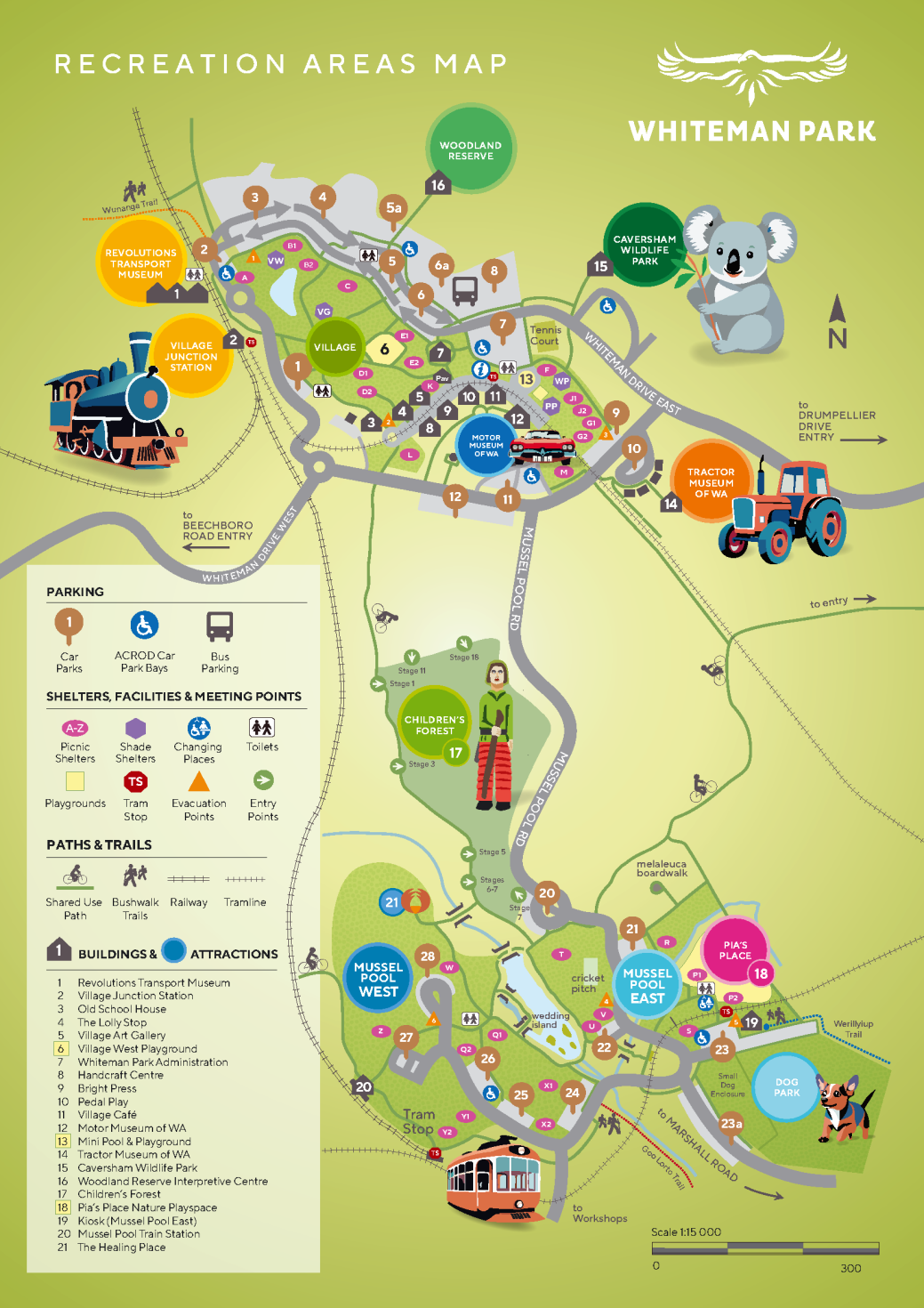Our fauna assemblage is completed with the Endangered dibbler (pictured), noodji and five microbat species.
Learn about them below.
The Gould’s wattle bat (Chalinolobus gouldii) is one of three microbat species found in Whiteman Park’s native bushland. These nocturnal mammals make the Park their own at night, feasting on a variety of insects!
Like many of our native species - from wood ducks to black cockatoos to possums - these bats love a tree hollow in which to roost during the day. Keen eyed visitors may spot the small narrow bat-friendly artificial hollows that give these species much-need housing. These tiny bats can also be found under loose tree bark, in caves or amongst rocky outcrops, coming awake at dusk to hunt their invertebrate prey.
On rare occasions, particularly in warmer evenings, tour goers in Woodland Reserve may be lucky enough to see these mini mammals in flight!
The other microbat species recorded in Whiteman Park are the little forest bat (Vespadelus regulus), South-west freetail bat (Ozymops kitcheneri), white-striped bat (Austronomus australis) and one of the long eared bat species (Nyctophilus sp.).
Dibbler
Parantechinus apicalis
IUCN Endangered
Another species that was introduced to the Park as part of our ongoing translocation and biodiversity enrichment program was the Endangered dibbler. Over 50 individuals bred at Perth Zoo were released into Woodland Reserve in 2014.
Unfortunately, it is not known if these small nocturnal marsupials successfully established a population in the Park, as their release area was razed by a bushfire shortly after their release. Like the noodji, their size makes them very hard to spot, despite attempts to find them through passive monitoring.
FAUNA PROFILE
| Family | Dasyuridae |
| Scientific name | Parantechinus apicalis |
| Noongar name | wyalung |
| Common name | dibbler |
| Conservation status | IUCN Endangered |
| Habitat | woodlands |
Noodji
Pseudomys albocinereus
Also known as ashy-grey mice, these minute native mammals are amazingly athletic, but haven’t been seen in the Park for many years. They may yet persist, as they are hard to spot, given their size!
The nocturnal noodji have very plush, fluffy fur and a little larger than a house mouse. They often create intricate burrows for resting and rearing their young.
FAUNA PROFILE
| Family | Muridae |
| Scientific name | Pseudomys albocinereus |
| Noongar name | noodji |
| Common name | ashy-grey mouse |
| Conservation status | WA Priority 4 fauna |
| Habitat | Least Concern |



